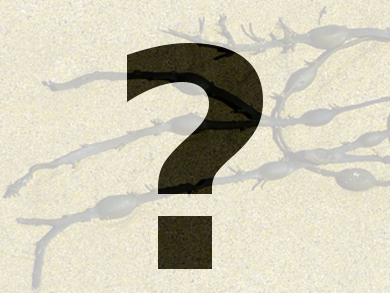Congratulations! Your answer is correct.
The tongue is covered with many papillae, each of them contains many taste buds, and each of them contains many taste receptor cells. The receptor for saltiness is quite simple, as saltiness is primarily produced by Na+.
An epithelial sodium channel (ENaC) in the taste cell wall allows sodium cations to enter the cell. This depolarizes the cell, voltage-dependent calcium channels open, the cell is flooded with calcium ions, a neurotransmitter is released and the information transported to the brain.
Ions of similar size as Na+ can also pass the ion channels and lead to a salty taste. The saltiness of substances is rated relative to sodium chloride, which has an index of 1. Lithium and potassium ions have nearly the same size as sodium, thus their saltiness is most similar. Potassium chloride is often used as a salt substitute. It has a saltiness index of 0.6. NH4+ and Ca2+ generally have a bitter rather than a salty taste. They can stimulate the salty taste receptor, but as all of the ions also stimulate other receptors. The brain combines all information to generate one taste. This makes it for example possible to mask too much salt with sugar.
- Chemistry Advent Calendar 2016,
ChemViews Mag. 2016.
DOI: 10.1002/chemv.201600101



